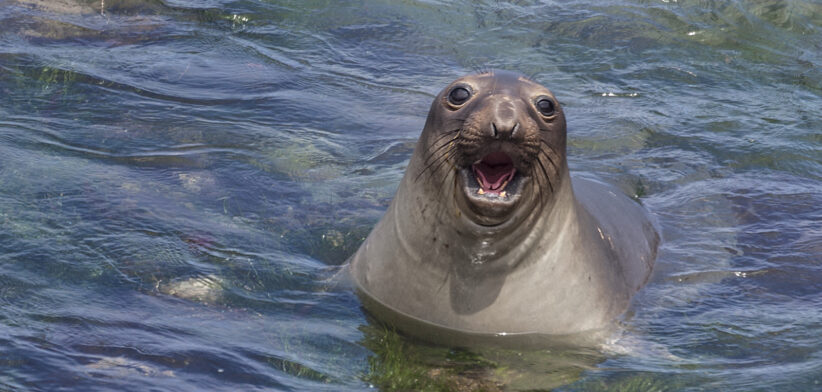Elephant seals have recovered from the brink of extinction to reach a population of more than 200,000.
Research published in the latest Nature Ecology and Evolution journal said the seals were in danger of being wiped out from hunting at the start of the 20th Century.
That near extinction was still having lasting genetic effects on the animals.
The study, led by Bielefeld University, involved 15 researchers from seven universities and four research institutions.
“Genetic analyses suggest that the population was likely reduced to fewer than 25 animals at that time (early 20th Century),” lead author Joseph Hoffman said.
“Such drastic population declines can squeeze out a species’ genetic diversity, increasing the risk of inbreeding and threatening its survival. The population of northern elephant seals has since recovered to around 225,000 individuals.”
The researchers combined genetic data, health records, modelling of population sizes and genetic simulations to make their findings.
The study revealed that severe population decline led to the loss of many genes from the northern elephant seal’s gene pool. This pattern was not observed in the closely related southern elephant seal, which did not experience such a drastic decline.
There are fears that this loss of genetic diversity may impair the ability of northern elephant seals to cope with future environmental changes.
In contrast, the researchers found no signs of health problems related to inbreeding.
The full report is on the University of Bielefeld website.








